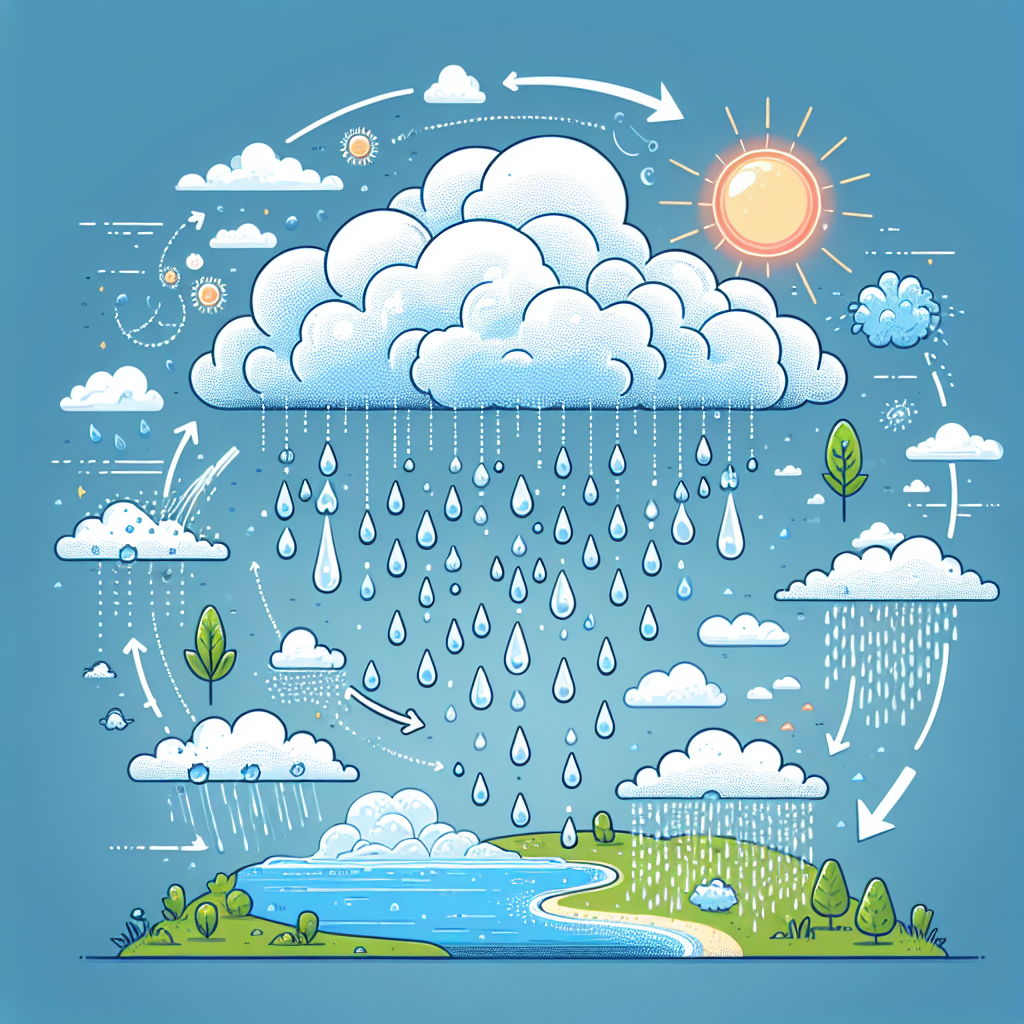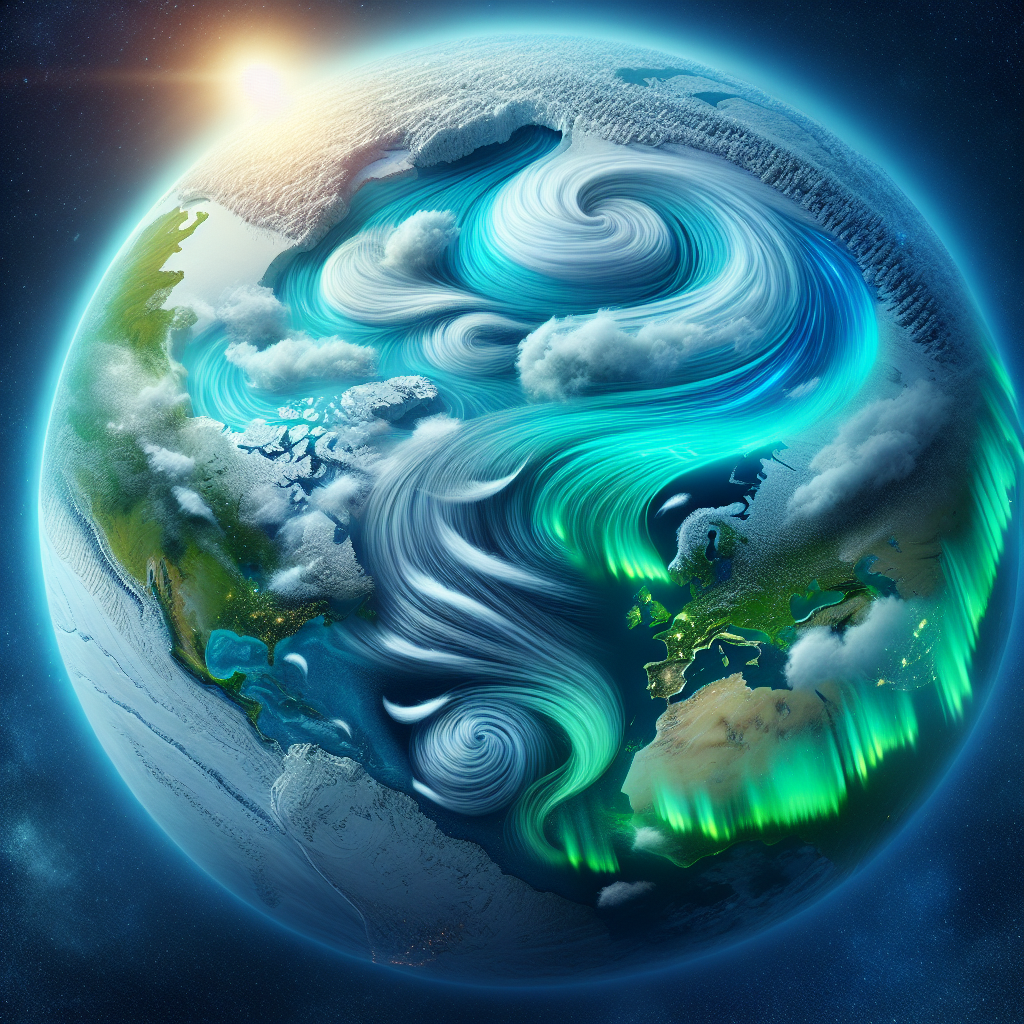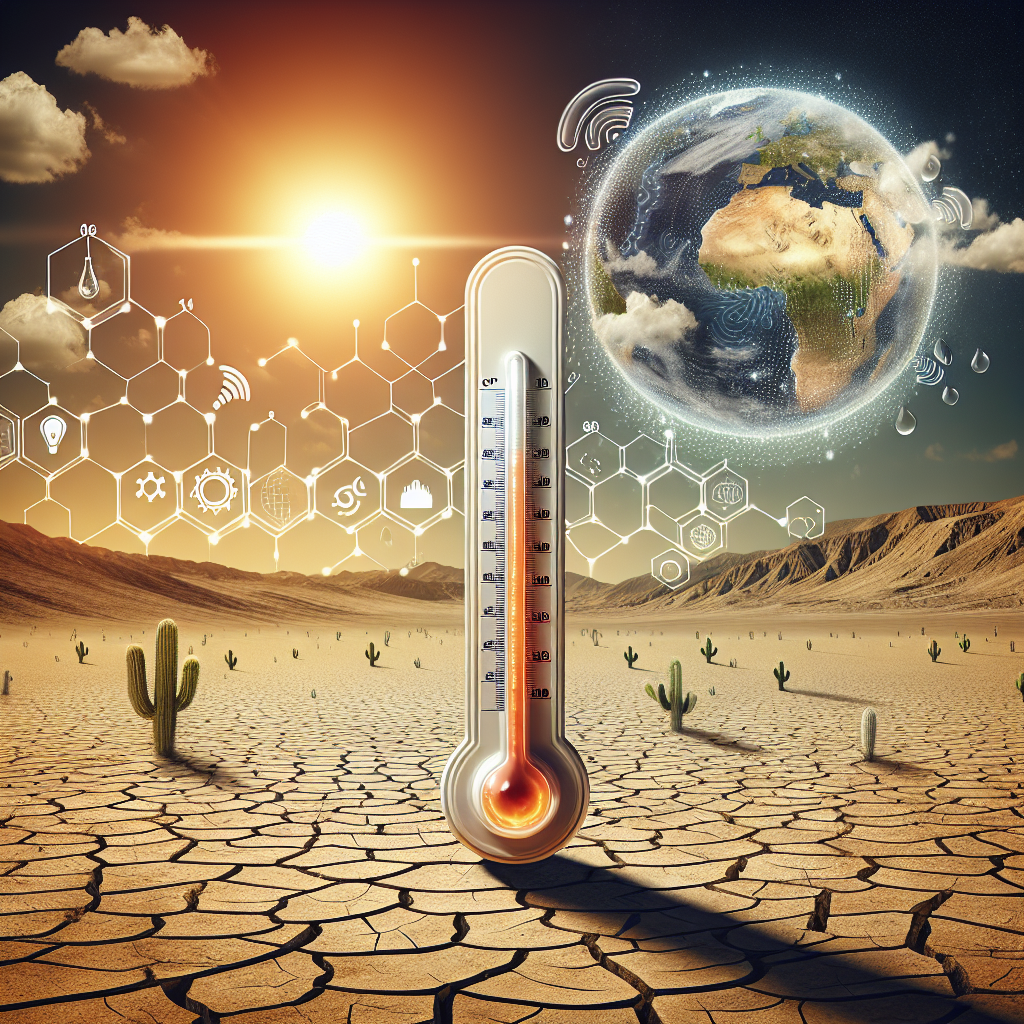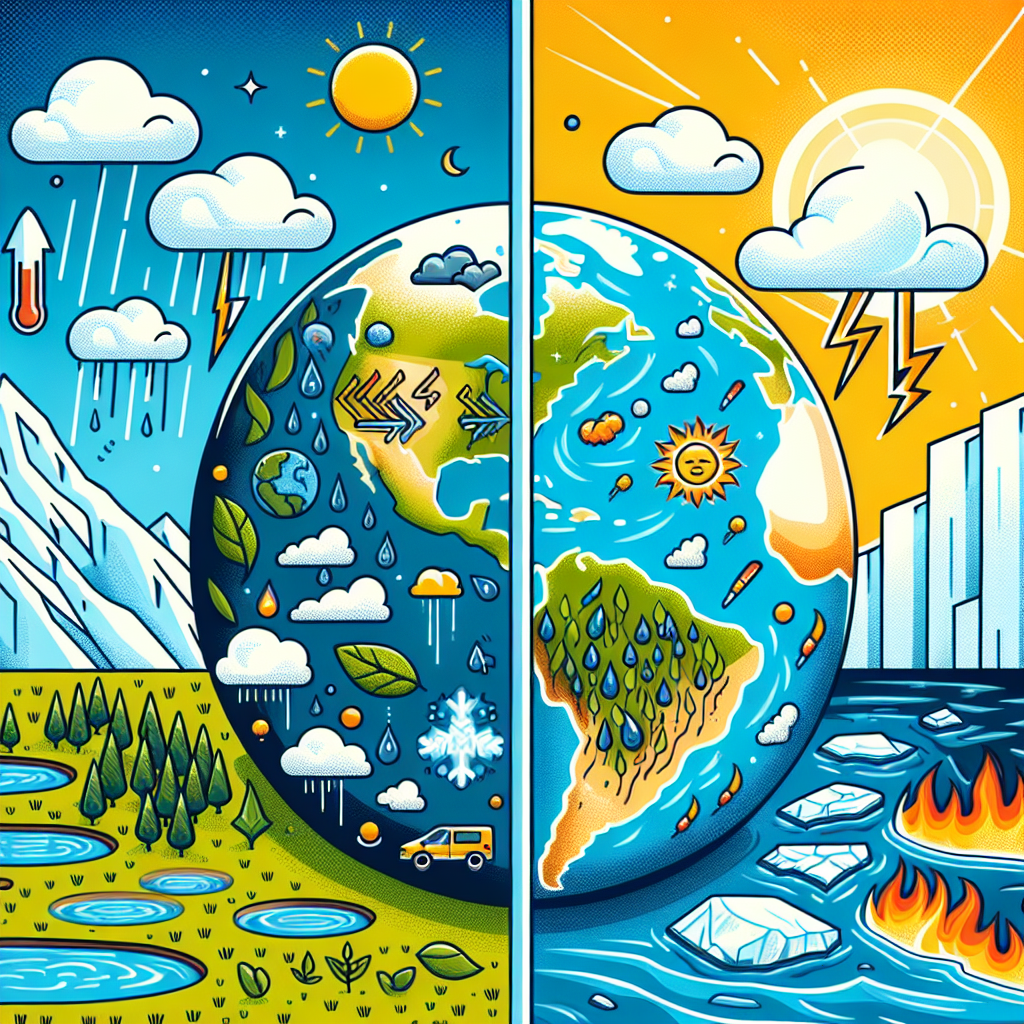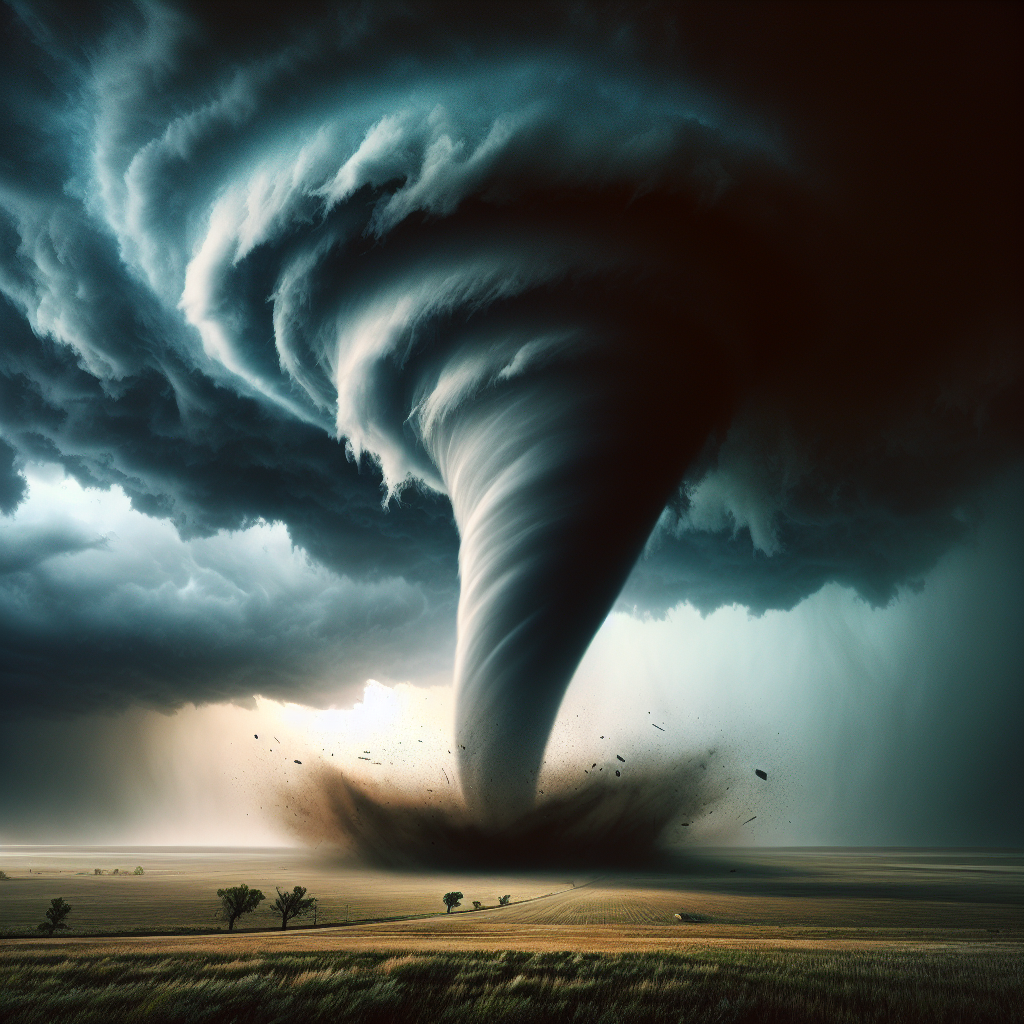Understanding Weather vs. Climate
Definitions
Weather refers to the short-term atmospheric conditions in a specific place at a specific time. This includes factors such as temperature, humidity, precipitation, and wind speed. For instance, a sunny day in June or a stormy afternoon in March illustrates weather phenomena. Weather changes rapidly, often within hours, and can greatly influence daily life activities.
Climate, on the other hand, describes the long-term average of weather patterns in a particular region over extended periods, typically taken over 30 years. Climate encompasses the average temperature, rainfall, and seasonal variations of a geographical area. For example, tropical climates are characterized by high temperatures and abundant rainfall throughout the year, while polar climates generally experience colder temperatures and less precipitation.
Duration of Observations
One of the most significant differences between weather and climate is the timeframe over which they are measured. Weather is dynamic and changes frequently due to immediate atmospheric conditions. Meteorologists examine weather patterns using satellite images and weather models to forecast conditions for a few days ahead, ranging from hourly forecasts to 10-day predictions.
Conversely, climate is about long-term trends and averages. Climatologists analyze historical weather data, looking at decades or centuries of information to identify patterns. This long-term perspective helps in understanding trends such as climate change, enabling researchers to study impacts on ecosystems, sea levels, and human health.
Regions and Scope
Weather phenomena can manifest in localized areas, often varying significantly within short distances; for example, one area may experience heavy rainfall while nearby regions remain dry. This variability can be influenced by geographical features such as mountains, valleys, and bodies of water. For instance, coastal areas often see different weather patterns compared to inland regions due to the influence of the ocean’s temperature.
In contrast, climate encompasses an entire region and relates to larger geographical areas, often classified into specific climate zones like temperate, arid, tropical, and polar. These classifications help understand the prevailing climate conditions of countries or continents, which can impact agriculture, biodiversity, and human habitation.
Measurement Units and Tools
Weather is measured using a variety of instruments that provide real-time data. Thermometers are employed to ascertain temperature, while barometers help measure atmospheric pressure. Anemometers gauge wind speed, and rain gauges measure precipitation. Radar technology plays a crucial role in tracking storm systems and predicting severe weather events like tornadoes and hurricanes.
For climate, data collection involves more extensive methods and instruments. Climatologists might use historical weather data from weather stations, satellite imagery, and climate models that simulate various scenarios over long periods. These methodologies provide insights into regional and global climatic patterns, such as average temperatures over decades, precipitation trends, and overall climate variability.
Impacts on Human Life
Weather impacts daily activities and immediate decision-making. For instance, people check weather forecasts to determine what to wear, whether to carry an umbrella, or if travel plans might be affected by storms. Severe weather can disrupt transportation, impact agriculture, and pose dangers to life and property.
Climate, however, has far-reaching effects that guide long-term policies and development strategies. Sustainable practices are often influenced by climatic considerations. For example, regions with prolonged droughts may invest in water conservation techniques, while areas prone to flooding might establish strict zoning laws to mitigate disaster risks. Understanding regional climates is essential for agriculture, as different crops thrive under varying climate conditions.
Extreme Events and Climate Change
Extreme weather events, such as hurricanes, heatwaves, and blizzards, are manifestations of weather. These occurrences, while they can be destructive, are often viewed as isolated incidents rather than indicative of larger patterns. Nonetheless, the frequency and intensity of these weather events can be influenced by climate change, as rising global temperatures lead to changes in weather patterns.
Climate change represents a long-term alteration in the average patterns of temperature and precipitation over an extended time. This phenomenon is a direct outcome of human activities, particularly the burning of fossil fuels and deforestation. It leads to shifts in regional climates, resulting in more extreme weather events, rising sea levels, and changing ecosystems.
Public Perception and Misconceptions
Many individuals conflate weather with climate due to their interconnected nature. A common phrase, “if you don’t like the weather, just wait a minute,” highlights the fleetingness of weather. In contrast, climate embodies the overarching patterns that shape our environment. Misunderstandings can lead to skepticism about climate change, wherein people often cite short-term weather conditions as evidence. For example, an unusually cold winter might lead some to question global warming, forgetting the context of long-term climatic trends.
Communication and Education
Effective communication about weather and climate is crucial for public awareness and action. Meteorologists often convey weather information in accessible formats, using technology like mobile apps and social media to share real-time data. In contrast, climatologists strive to educate the public about climate issues through reports, documentaries, and activism. Raising awareness about climate change is essential, especially in motivating individuals to adopt sustainable practices and support policies aimed at reducing carbon emissions.
Adaptation and Mitigation Strategies
Both weather forecasting and climate science foster strategies for adapting to and mitigating the effects of changing conditions. Weather forecasts assist communities in preparing for immediate challenges, such as taking precautions before severe thunderstorms. Conversely, climate science informs long-term planning efforts that focus on building resilient infrastructures, adapting agricultural practices, and developing renewable energy sources to combat climate change.
Conclusion on the Perspective of Society
In summary, comprehending the distinctions and connections between weather and climate is essential for individuals and societies at large. By grasping these differences, we can make informed decisions about our daily lives, environmental conservation, and policies aimed at addressing the key challenges posed by climate change while appreciating the unpredictability of our weather systems.

